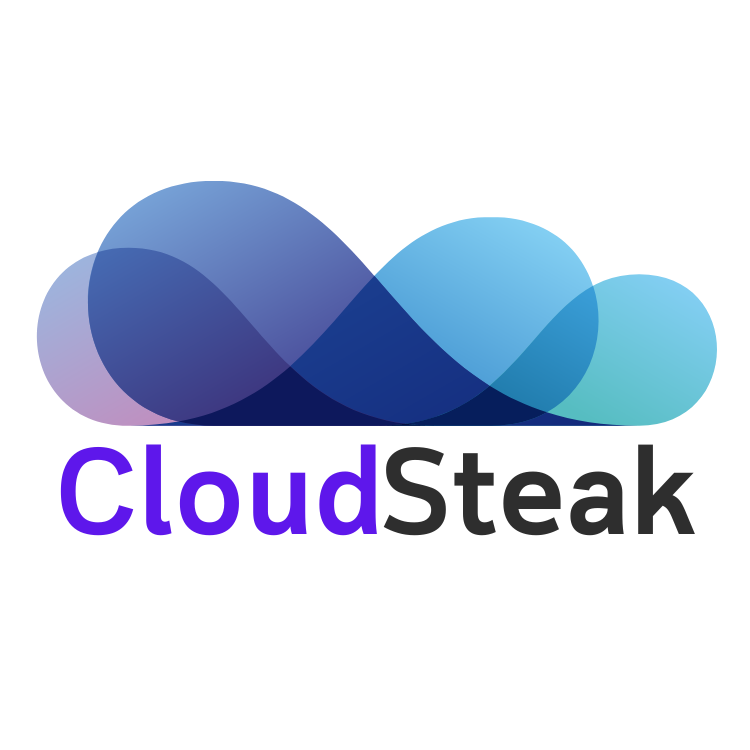Welcome to above the clouds

AWS – Now view inventory and patch compliance of stopped instances using AWS Systems Manager
Patch Manager, a feature of AWS Systems Manager, now provides a more holistic view of the patch compliance and inventory of your fleet of instances by additionally reporting on stopped instances. This feature helps you to further simplify patch compliance and inventory reporting because information is now readily available for stopped instances. Read More for […]

GCP – How to provide better search results with AI ranking
Every IT team wants to get the right information to employees and vendors as quickly as possible. Yet the task is always getting harder as more information becomes available and results invariably become stale. Disparate internal systems hold vital information. Search capabilities are not consistent across tools. No universal system exists. And even inside Google […]

Azure – Disk pool for Azure VMware Solution now in public preview
With disk pool, Azure VMware Solution customers can now access Azure Disk Storage for high-performance, durable block storage. Customer can scale their storage independent of compute and handle their growing data needs more cost-effectively. Read More for the details.

Azure – Now available: Azure Purview product glossary
The Azure Purview product glossary provides comprehensive set of product terms and definitions used in Azure Purview features and functionality. Read More for the details.

GCP – UCLA: Building the future of higher education technology with APIs
Imagine you work at a university, and every time you need to use department funds to pay for something, you’re required to go through a protracted, multi-step process. Or suppose you’re a student trying to review your academic record, then browse and enroll in classes you need– but different parts of the process are scattered […]

Azure – General availability: Azure Automation Customer Managed Keys
Encrypt your Automation account assests using Customer-managed keys. Read More for the details.

GCP – Fresh ingredients to fresh insights: An inside look at Papa John’s data cloud strategy
Editor’s note: In this blog, we look at how Cloud SQL delivered speed, flexibility, and agility to global pizza company Papa John’s International. With more than 5,400 locations in 50 countries and territories, Papa John’s International is one of the largest pizza chains in the world. In 2017, the company took a cloud-first strategy and […]

GCP – Batter up! Use machine learning to uncover what excites baseball fans
The game of baseball has no shortage of statistics — from batting average to exit velocity, strikeouts to wins above replacement. Among all sports, Major League Baseball (MLB) arguably contains the most analytical and data-driven participants and fan base. Subconsciously or viscerally, players and managers on the field and those following from anywhere are constantly […]

GCP – 5 Ways telehealth is democratizing access to healthcare
According to a National Academy of Medicine discussion paper, social determinants of health (SDoH) account for upwards of 80% of a population’s health outcomes. Breaking this down further, 50% come just from socioeconomic and physical environment factors such as education, employment, income, family and social support, community safety, air and water quality, and access to […]

GCP – Simplify VM migrations with Migrate for Compute Engine as a service
Customers across industries are migrating applications at scale to the cloud. Migrate for Compute Engine enables you to lift and shift workloads at scale to Google Cloud Compute Engine with minimal changes and risk. Recently, we delivered our latest release of Migrate for Compute Engine – Version 5 or V5. This version delivers a Google-managed […]
